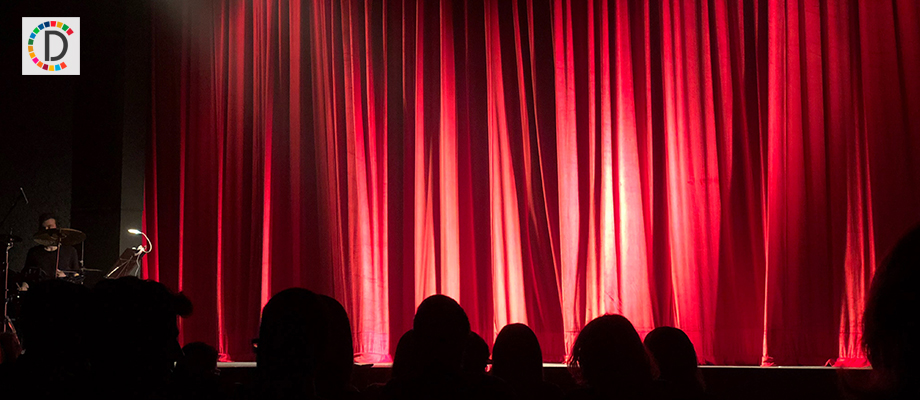India's New Face of Justice: Tradition Meets Modernity
A new Lady Justice statue at the Supreme Court of India dons traditional attire, emphasizing constitutional values over force. The statue's lack of blindfold symbolizes perceptive justice devoid of bias. The shift from sword to constitution highlights commitment to democracy, fairness, and inclusivity.

- Country:
- India
The Supreme Court of India unveiled a striking new emblem of justice, a six-foot statue of Lady Justice. Distinct from typical Western depictions, this statue is without the traditional blindfold and sword. Instead, it emphasizes India's constitutional values, holding scales in one hand and the constitution in the other.
This modern interpretation, as noted by legal experts, comes without the blindfold meant to symbolize impartiality. Senior advocate Rakesh Dwivedi clarified that the absence of this feature does not imply a change in justice's intent. Instead, it allows judges to perceive the world without bias or prejudice.
Emphasizing tradition with a crown and white attire, the statue signals a move from European to Indian symbolic interpretation. Experts, including Vikas Pahwa, assert that the absence of the sword reinforces justice's foundation on law rather than force, reflecting a deep-rooted commitment to democracy and fairness.
(With inputs from agencies.)
ALSO READ
Extradition Saga: Tahawwur Rana Awaits Justice for Mumbai Terror
Besides CJI, Justices Sanjay Kumar and KV Viswanathan are part of three-judge bench which will hear please against Waqf law.
Constitutional Court Reverses Impeachment of South Korea's Justice Minister
Ongoing conflicts and contemporary trends highlight the fact that traditional notions of warfare are being rewritten: Def Min Rajnath Singh.
Cultural Confluence: Celebrating India's Diverse Traditions at Madhavpur Fair










